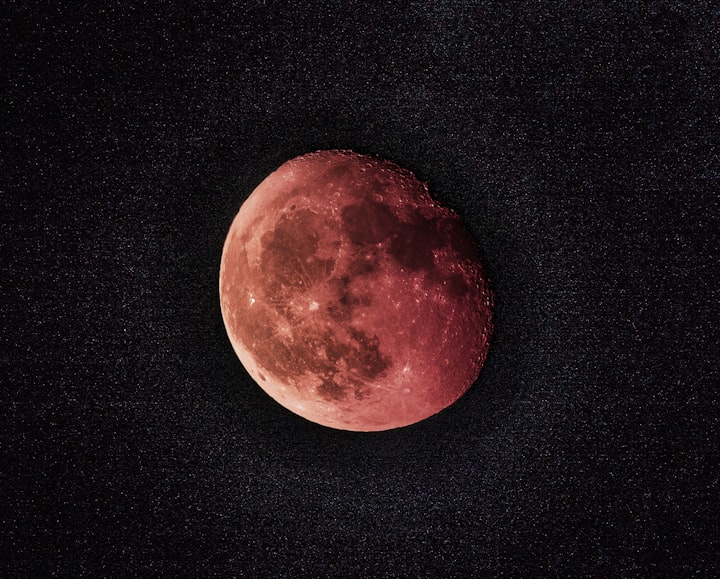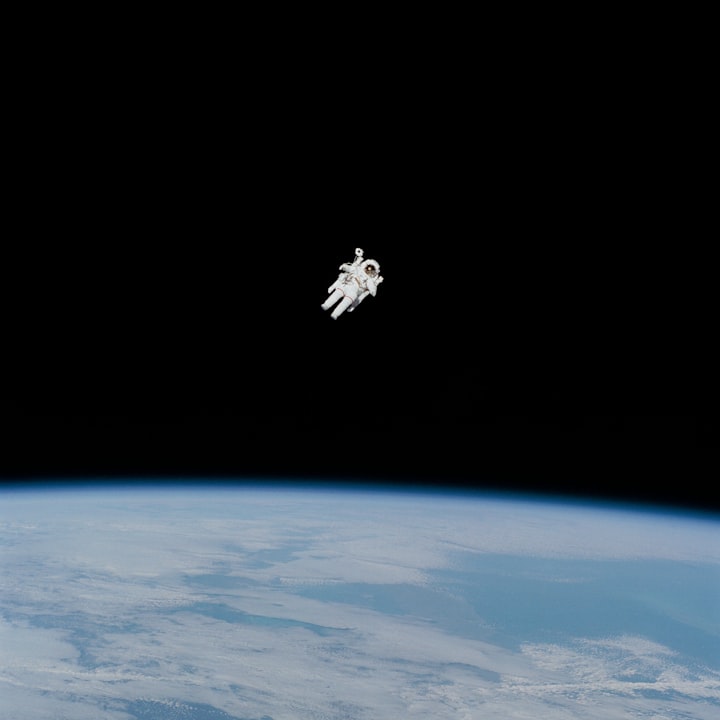Recent Breakthroughs in Space Exploration
Gravitational Waves and Reusable Rockets

In the ever-evolving realm of space exploration, recent discoveries and advancements have once again captured our imagination. This article delves into two groundbreaking developments: the discovery of gravitational waves that validate Einstein's theory of general relativity and Europe's test firing of a reusable rocket known as Prometheus.
Unveiling the Cosmic Hum: Gravitational Waves Discovered
A momentous discovery has been made that could reshape our understanding of the cosmos. On June 28th, the North American Nanohertz Observatory for Gravitational Waves (NANOGrav) published a report in the Astrophysical Journal of Letters, unveiling their 15-year study's findings. This research seemingly confirms the existence of gravitational waves on a cosmic scale, a phenomenon that had eluded scientists for decades.
Gravitational waves, first predicted by Einstein's theory of general relativity, are ripples in the fabric of spacetime itself. These waves are generated when massive objects with mass interact, causing the fabric of space to bend and move. However, detecting them has proven to be a monumental challenge, as only the most extreme cosmic events, like the collision of black holes, were believed to produce detectable waves.
The breakthrough occurred thanks to an ingenious approach involving millisecond pulsars. Pulsars are rapidly spinning, incredibly dense stellar objects that emit beams of radiation akin to cosmic lighthouses. By carefully studying the spin rate of 68 known pulsars over 15 years, researchers used the changes in these pulsars' behaviors to detect the massive waves stretching across light years in the universe.
The significance of this discovery is twofold. First, it provides validation for one of the last major predictions of Einstein's theory of general relativity. Second, it introduces a novel method for detecting cosmic phenomena on a grand scale, potentially leading to further revelations about our universe.
Gravitational Waves and Einstein's Theory:
Einstein's theory of general relativity, published in 1915, proposed the existence of gravitational waves. These waves are disturbances in the curvature of spacetime, caused by the acceleration of massive objects, such as stars, planets, and black holes. While the theory provided a framework for understanding gravity, it wasn't until the 2016 detection of gravitational waves from two colliding black holes by the Laser Interferometer Gravitational-Wave Observatory (LIGO) that Einstein's predictions were unequivocally confirmed. NANOGrav's discovery reinforces the significance of Einstein's work and opens new avenues for exploring the universe.
Prometheus: Europe's Reusable Rocket Takes Flight
On June 22nd, the Ariane Group successfully test-fired Prometheus, the powerful engine designed to propel the European Space Agency's (ESA) new fleet of reusable rockets. This development marks a significant step in Europe's quest for more versatile and environmentally friendly launch capabilities.
Prometheus is a remarkable 3D-printed engine that can generate 100 tons of thrust. Although it typically uses oxygen and methane as propellants, this test included both normal and biomethane fuels. The ability to adapt to different fuels showcases the engine's versatility and commitment to eco-friendly rocketry.
The Prometheus engine is part of the ESA's Ariane Next (Ariane 6) project, a joint venture with the French space agency CNES, in which the Ariane Group serves as the primary contractor. Ariane Next is a budget-conscious initiative that embraces rapid testing and iteration, taking inspiration from SpaceX's approach to rocket development.
What sets Ariane Next apart is the focus on cost-effectiveness, adaptability, and efficiency. The Prometheus engine, although appearing rough in its initial test, signifies the ESA's commitment to a more agile and innovative approach to spaceflight. This approach includes replacing the traditional hydrogen-based fuel with methane, which doesn't require extremely low temperatures for storage and results in smaller tanks.
Prometheus and Europe's Reusable Rockets:
The Prometheus engine is a key component in Europe's shift toward reusable rockets. Reusability has become a focal point in the space industry, driven by the potential for substantial cost savings and more sustainable space exploration. While SpaceX has garnered much attention for its reusable Falcon 9 rocket, the Ariane Group's Prometheus engine represents Europe's entry into the reusable launch market. The goal is to create a cost-effective and eco-friendly rocket system that can compete on the global stage, offering greater versatility and efficiency in launching payloads into space.
The latest revelations in space exploration offer a glimpse into the uncharted territories of our universe. Gravitational waves, an elusive phenomenon predicted by Einstein, have finally been detected, providing validation for a fundamental aspect of our understanding of the cosmos. Simultaneously, Europe's reusable rocket, Prometheus, marks a significant shift in rocketry development, embracing cost-efficiency, adaptability, and eco-friendliness. As we continue our journey into the cosmos, these breakthroughs promise exciting possibilities for the future of space exploration. With ongoing research and technological advancements, the cosmos may reveal even more of its mysteries in the coming years, challenging our perceptions of the universe and expanding our potential to explore its depths.
About the Creator
Safwa Elouizi
Adventurer of words and explorer of ideas. I journey through the realms of creativity and limitless imagination, bringing you tales from the unconventional, knowledge from the extraordinary, and insights into the fascinating.






Comments
There are no comments for this story
Be the first to respond and start the conversation.